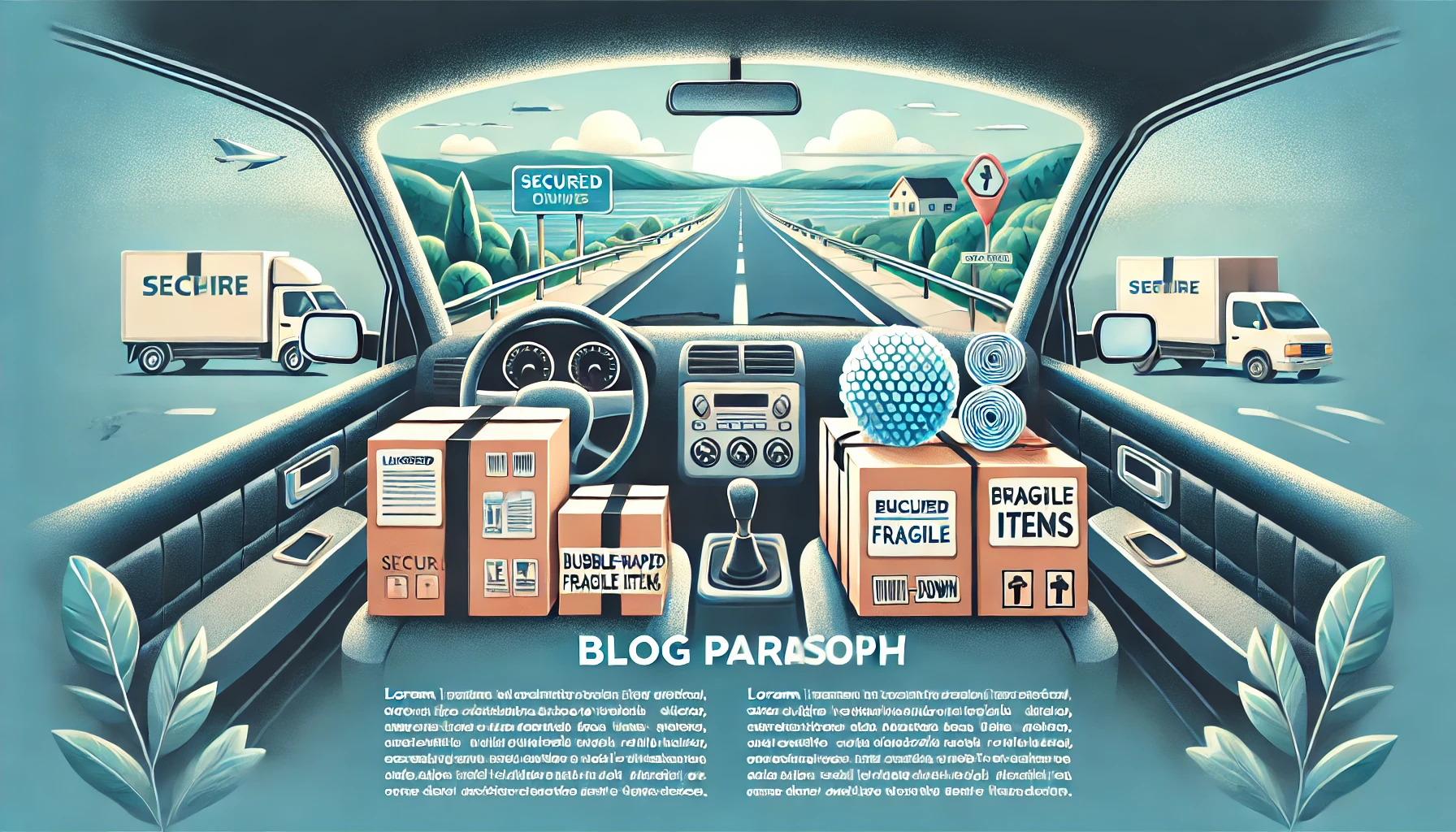Introduction
Transporting goods by car is a practical solution for many scenarios, whether you’re moving homes, delivering business products, or embarking on a road trip. However, ensuring the safety of your belongings and adhering to best practices is essential. Rena Monrovia when you transport something by car … is a concept rooted in logistics expertise, offering a roadmap for hassle-free and secure transportation. This guide will cover everything you need to know, from preparation to eco-friendly practices, so your next journey is smooth and stress-free.
The Importance of Safe Car Transport
Using rena monrovia when you transport something by car involves much more than loading up the vehicle. Proper planning, secure packing, and following road safety regulations are vital to ensure your goods and passengers remain safe throughout the trip.
Prepare Your Vehicle for Transport
Check Your Car’s Condition
Before starting your journey, ensure your car is road-ready:
- Examine the tires to ensure they have adequate pressure and tread.
- Verify fluid levels, such as oil, coolant, and brake fluid, for optimal performance.
- Test the brakes and lights for optimal functionality.
A well-maintained vehicle reduces the risk of breakdowns and keeps your journey on track.
Understand Your Car’s Capacity
Overloading your car can impact handling and fuel efficiency. Review your vehicle’s weight limits and ensure the load is evenly distributed to avoid destabilization. Use cargo nets or tie-down straps to secure items properly.
Plan Your Journey in Advance
Map Your Route
Research your route using GPS tools or maps. Avoid traffic-prone areas, construction zones, or roads with sharp turns that could impact your cargo. Planning ensures minimal delays and smoother travel.
Study Weather Conditions
Check the weather forecast before departure. For rainy or snowy conditions, ensure items are well-protected with tarps or plastic sheeting. Extreme heat may require additional precautions for temperature-sensitive goods like electronics or food.
Packing and Securing Your Items
Use Proper Packing Materials
Use premium packing materials to safeguard your belongings:
- Durable boxes and secure storage containers.
- Protective bubble wrap and packing paper for delicate items.
- Bungee cords, tie-down straps, and moving pads.
Clearly label fragile items to ensure careful handling during loading and unloading.
Organize Your Load Efficiently
Group items by size and fragility. Heavier objects should be placed at the bottom, with lighter and more delicate items on top. Secure loose objects to prevent shifting during transit.
Legal and Safety Considerations
Follow Traffic Regulations
Understand Legal Requirements
If transporting goods commercially, verify whether additional licenses or insurance coverage are necessary. Some items, like hazardous materials, may have restrictions.
Common Mistakes to Avoid
- Overpacking: Avoid cramming too many items into your car, as this can damage goods and strain your vehicle.
- Ignoring Weight Limits: Know your vehicle’s capacity to prevent overloading.
- Improper Securing: Ensure all items are tightly secured to avoid hazards during travel.
Emergency Preparedness
Being prepared for unexpected situations is key to a successful trip:
- Pack an Emergency Kit: Include a first aid kit, flashlight, basic tools, and water.
- Know Basic Repairs: Familiarize yourself with changing a tire and checking fluid levels.
- Have Backup Plans: Keep contact numbers for roadside assistance and friends or family who can help if needed.
Eco-Friendly Car Transport
Transporting goods by car doesn’t have to harm the environment:
- Use fuel-efficient vehicles to reduce emissions.
- Combine trips to minimize unnecessary travel.
- Opt for recyclable or biodegradable packing materials.
Innovative Transport Tools
Make use of technology to enhance your transport experience:
- Tracking Apps: Monitor your route and delivery progress.
- Advanced Cargo Nets: Secure your items more effectively with innovative tie-down systems.
- Fuel Efficiency Apps: Track fuel usage and improve driving habits to save costs.
Transporting Special Items
Fragile Goods
Protect fragile items such as glass and ceramics by wrapping them securely with bubble wrap. Place them in padded containers and secure them to prevent movement.
Oversized Items
For larger objects, such as furniture, disassemble parts where possible. Use roof racks or trailers to accommodate the load securely.
Perishable Goods
Keep perishable items in coolers or insulated containers to maintain freshness. Plan rest stops to check their condition during long trips.
FAQs
How can I ensure the safety of fragile items?
Use high-quality packing materials like bubble wrap and secure them in sturdy boxes. Place fragile items in well-padded areas of the car to minimize risk.
What should I do if my car breaks down during transport?
Move the car to a safe location, call for roadside assistance, and inform anyone expecting the goods about potential delays. Keep an emergency kit for such situations.
Are there legal restrictions for transporting goods by car?
Yes, some items, such as hazardous materials, may have restrictions. Check local transportation regulations and ensure your vehicle and cargo comply.
How do I minimize the environmental impact of car transport?
Choose a fuel-efficient vehicle, reduce trips by combining deliveries, and use eco-friendly packing materials.
What’s the best way to secure loose items?
Use tie-down straps, cargo nets, and bungee cords to secure items. Avoid placing loose items in areas where they can shift or fall during the journey.
Final Thoughts About Rena Monrovia When You Transport Something by Car …
Rena Monrovia when you transport something by car serves as a valuable guide to simplify the process. With proper preparation, safe packing techniques, and a focus on efficiency, you can ensure your journey is smooth and stress-free. Whether you’re moving household items or making deliveries, following the principles outlined in this guide will help you transport your items safely and effectively.








